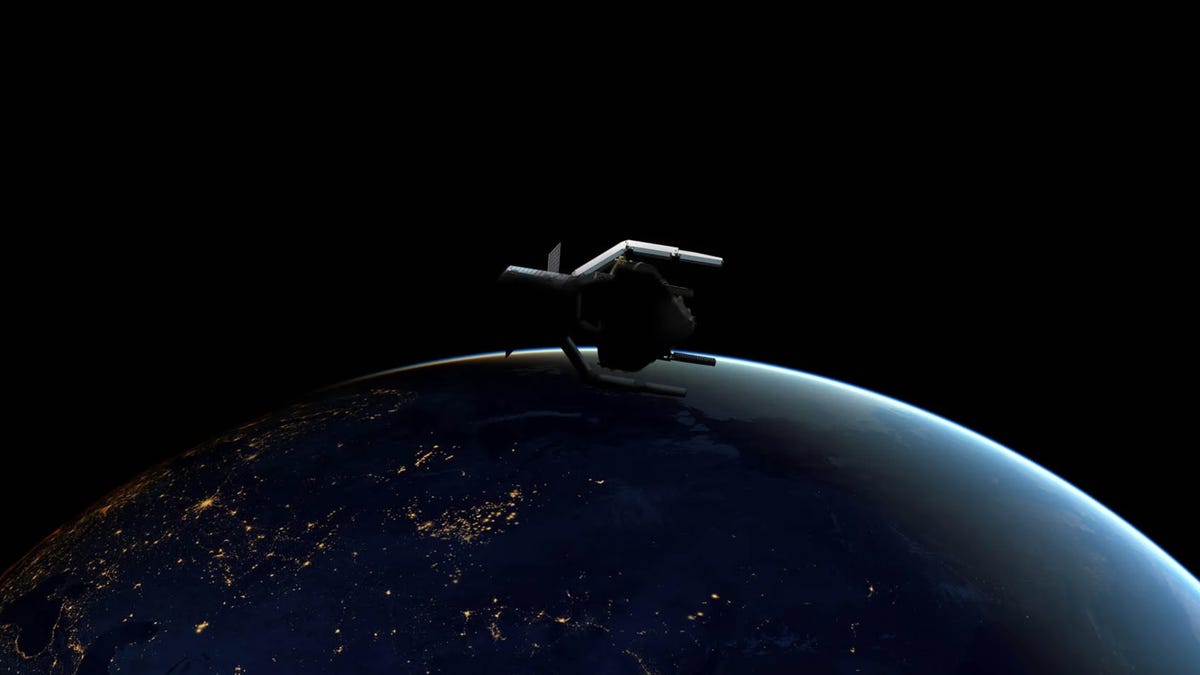European Space Agency is sending a giant claw into orbit to clean up space junk
The Claw is our master. The Claw chooses who will go and who will stay.

The Claaaaaaaaaaaaawwww...
There are roughly 2,800 live satellites currently orbiting Earth. That's a lot, but it's absolutely nothing compared with the amount of defunct objects -- aka space junk -- also circling the globe.
Scientists estimate that almost 3,000 dead satellites are orbiting our planet, which doesn't account for the 900,000 pieces of debris less than 10 centimeters long that could cause a catastrophe should a chunk hit the wrong satellite at the wrong time.
Scientists and engineers are hard at work trying to solve the problem, and the European Space Agency is in the beginning stages of executing one of the more bizarre solutions: a space claw that would grip larger defunct satellites and steer them back into the Earth's atmosphere, where both the satellite and the claw itself would burn up in peace.
The plan was initially conceived in 2019, but now the ESA is officially signing a contract with Swiss startup Swiss startup ClearSpace to build and launch its very first debris removal mission, called ClearSpace-1.
The claw's first target is a VESPA (Vega Secondary Payload Adapter) that's been orbiting Earth since it helped launch an ESA Vega rocket back in 2013. The VESPA weighs 112 kgs and, according to the ESA, is close in size to a small satellite.
The ESA is contributing 86 million euros to the cost of the mission. It's expected that ClearSpace will raise the rest as it attempts to make a long-term business of junk removal. Hopefully this mission can become the first of many, as humanity discovers new and innovative ways to clean up the gargantuan mess it's made of the space above our atmosphere.
ClearSpace is hoping to launch its first mission in 2025.
Long live the claw.

